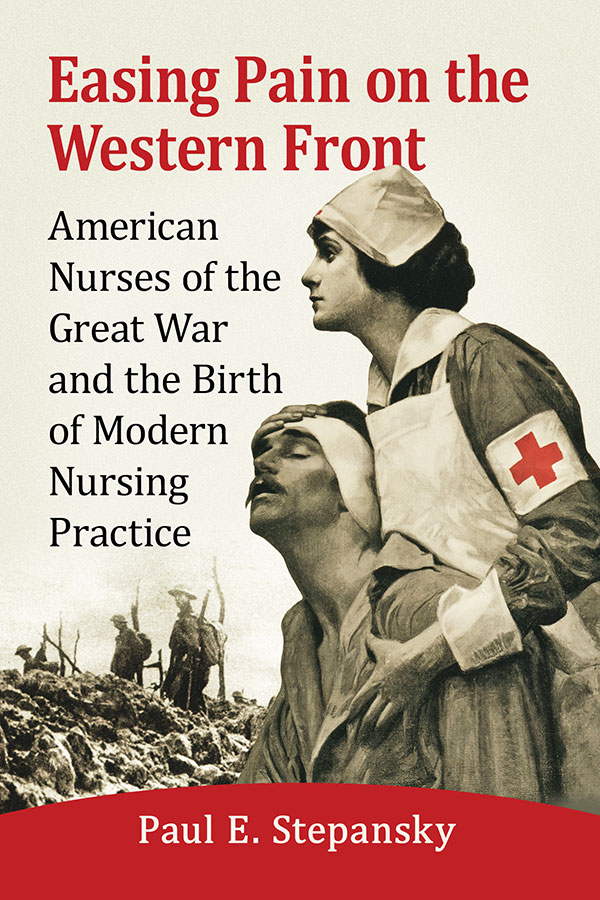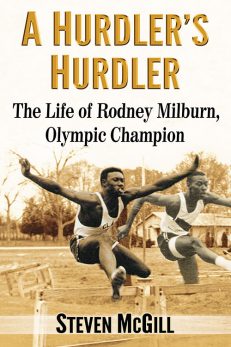Easing Pain on the Western Front
American Nurses of the Great War and the Birth of Modern Nursing Practice
$39.95
In stock
About the Book
World War I is regarded as the first modern war, driven by fearful new technologies of mechanized combat. The unprecedented carnage rapidly advanced military medicine, transforming the nature of wartime caregiving and paving the way for modern nursing practice. Drawing on firsthand accounts of American nurses, as well as their Canadian and British counterparts, historian Paul E. Stepansky describes nurses’ encounters with devastating new forms of injury—wounds from high-explosive artillery shells, poison gas burns, “shell shock,” the Spanish Flu. Comparing nursing practice on the western front with nursing care during the American Civil War, the Spanish-American War, and the Anglo-Boer War, the author is especially attentive to the emergent technologies employed by nurses of the Great War.
About the Author(s)
Bibliographic Details
Paul E. Stepansky
Format: softcover (6 x 9)
Pages: 244
Bibliographic Info: 18 photos, notes, bibliography, index
Copyright Date: 2020
pISBN: 978-1-4766-8001-9
eISBN: 978-1-4766-3911-6
Imprint: McFarland
Table of Contents
Acknowledgments ix
Preface 1
1. Epiphanies 9
2. Blood 38
3. Total Care 64
4. Poison Gas 89
5. Shell Shock 108
6. Plague 130
7. Onward 155
Chapter Notes 185
Bibliography 211
Index 221
Book Reviews & Awards
• “Stepansky compares the medical procedures on the Western Front with those of earlier wars, giving special attention to new technologies that became essential for modern nursing.”—Princeton Alumni Weekly
• “This book is a tremendously useful survey, and Stepansky’s reverence for nursing comes through in his frequently eloquent style. …Stepansky makes some wonderful connections between and among nurses…Stepansky also supplies some fascinating information about the post-war lives of many of these nurses whom he quotes. …highly recommended”—The Watermark
• “Easing Pain on the Western Front provides an important contribution to scholarship on nurses and war. Moving beyond exploration of why nurses might serve in the military during wartime, Stepansky provides an historically informed examination of nurses’ actual wartime practices. In the case of WWI, these practices changed the experience of wounded soldiers, in no small measure through nurses’ skilled use of the cutting-edge technologies of the time—technologies that contributed to the transformation of American nursing in the decades following the Great War.”—Patricia D’Antonio, Ph.D., RN, Carol E. Ware Professor in Mental Health Nursing, University of Pennsylvania School of Nursing, Director, Barbara Bates Center for the Study of the History of Nursing, University of Pennsylvania School of Nursing
• “Paul Stepansky’s Easing Pain on the Western Front provides unique insight into the experience of American and Canadian nurses on the Western Front. In the process, he expertly charts the evolution of nursing care on the battlefields of World War I, recording treatment advances that would benefit the nurses of World War II along with civilian nurses who would find their place within the American healthcare system. It is the gripping story of nurses who advanced their profession despite the emotional trauma and physical burdens of the work.”—COL. (ret.) Richard M. Prior, DNP, FNP-BC, former Army Nurse Corps Historian
• “Dr. Stepansky’s narrative is terse, informative, and easy to read. Even if you aren’t a die-hard medical history buff it’s worth a read, especially since the spread of COVID-19 is as close as anything we’ve seen in the just over 100 years since the combination of a global conflict and a pandemic that killed millions ravaged the world.”—Sierra Sacramento Valley Medicine





